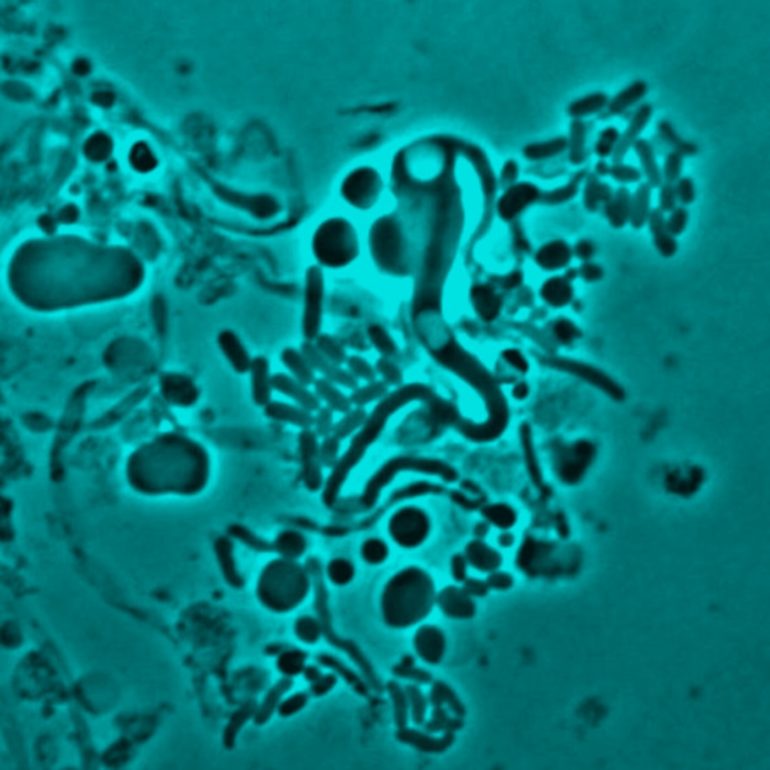Scientists have confirmed for the first time that bacteria can change form to avoid being detected by antibiotics in the human body.
Studying samples from elderly patients with recurring urinary tract infections, the Newcastle University team used state-of-the art techniques to identify that a bacteria can lose its cell wall—the common target of many groups of antibiotics.
The research by the Errington lab which turns on its head current thinking about the bacteria’s ability to survive without a cell wall, known as “L-form switching”, is published today in Nature Communications.
The World Health Organisation has identified antibiotic resistance as one of the biggest threats to global health, food security, and development today.
Lead author, Dr. Katarzyna Mickiewicz researcher at Newcastle University said: “Imagine that the wall is like the bacteria wearing a high-vis jacket. This gives them a regular shape (for example a rod or a sphere), making them strong and protecting them but also makes them highly visible—particularly to human immune system and antibiotics like penicillin.
“What we have seen is that in the presence of antibiotics, the bacteria are able to change from a highly regular walled form to a completely random, cell wall-deficient L-form state- in effect, shedding the yellow jacket and hiding it inside themselves.
“In this form the body can’t easily recognise the bacteria so doesn’t attack them—and neither do antibiotics.”
L-form—flimsy but survives
The research which used samples obtained through a collaboration with clinicians at the Newcastle Freeman Hospital…
